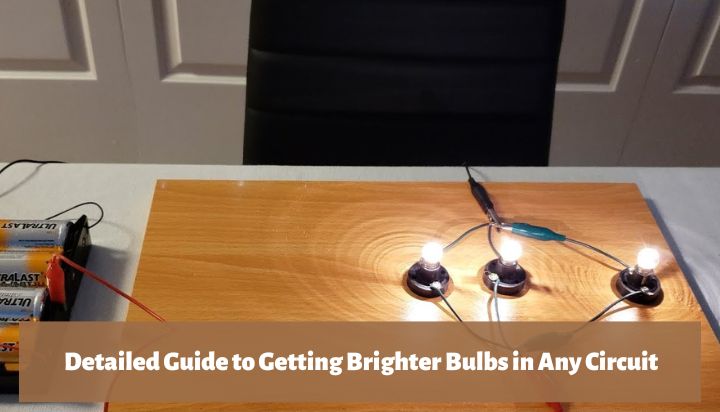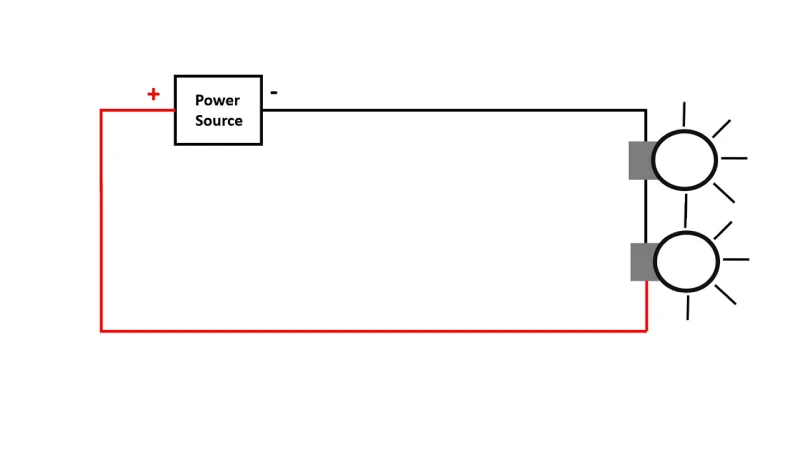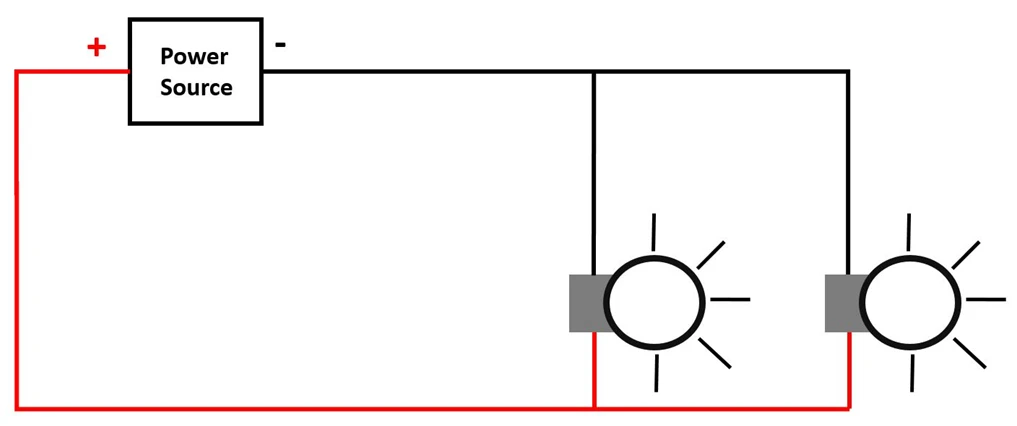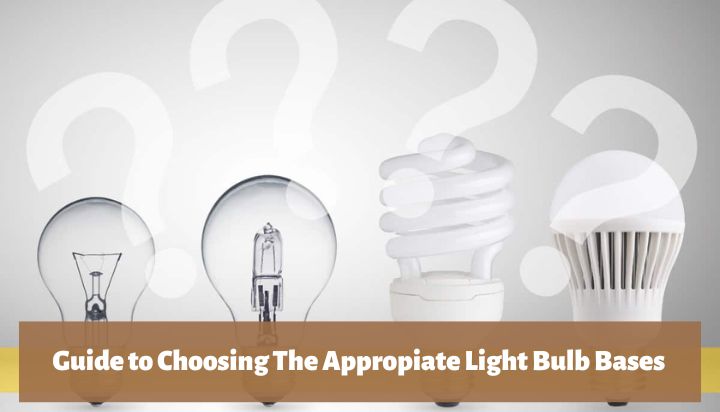Lightbulbs are a means to supply the household with necessary lighting so that the darkness can no longer be an issue. However, if the lights are dim, then it defeats the purpose of a light bulb. Hence, one must know the factors of how to make a bulb brighter in a circuit.
Light bulbs can be made brighter in a circuit if some changes are made. Such as changing the type of circuit, reducing the loads on the circuit, increasing the voltage, and so on.
Throughout this article, I will talk in detail about the factors which affect the brightness of a bulb, as well as how you can make changes to increase it.

Which Factors Affect the Brightness of a Bulb in a Circuit?
There are several factors that affect the brightness of a lightbulb. Such as the circuit type, resistance, load on the circuit, voltage, current, and so on. I will brief you on these factors below.
Voltage
Voltage plays the most critical role in dictating the brightness of a bulb. The greater the voltage, the greater the brightness. But of course within a certain threshold. As excess voltage can burn the bulb. You can use a non-contact voltage tester for this.
Load on the Circuit
The greater the number of loads in a circuit, the dimmer the light bulb will be. As electricity is divided within the loads. Hence, a lower load on the circuit results in a brighter bulb.
Quality of Wires
Cheap wires have greater resistance and lesser efficiency in supplying power, which creates a dimmer bulb. Good quality cables can increase the brightness in some cases.
Resistance
In terms of incandescent bulbs, increasing the resistance of the bulb can increase the brightness. But vice versa in terms of the circuit. Lesser resistance within the circuit makes the bulb shine brighter.
Type of Circuit
Parallel circuits tend to yield brighter bulbs than series circuits. This is due to the divided voltage and current of both the circuits and their nature in general. I will explain the details with a figure in the following segment.
How Does the Circuit Configuration Affect the Brightness of a Bulb?
The circuit configuration has a direct effect on the light bulb and its brightness level. Parallel circuits tend to have brighter bulbs compared to series circuits. Let’s take a look at the science behind this phenomenon.
Brightness of a Bulb in a Series Circuit

Which circuit will have a dimmest bulb? The answer is the series circuit. But why?
The above diagram (Fig 1) depicts a series circuit. In a series circuit, both the bulbs receive the same amount of current, but a divided voltage, which results in a lesser brightness.
Because voltage dictates the brightness in a bulb for the major part. Thus a reduced voltage results in a dimmer bulb.
Brightness of a Bulb in a Parallel Circuit

The illustration provided above (Fig 2) is of a parallel circuit. In a parallel circuit, each of the light bulbs is connected directly to the power source.
This means that each of the light bulbs can receive the same voltage from the power source, but a divided current. But as voltage plays a major role, thus both of the light bulbs shine brighter due to the undivided voltage.
So, which circuit will have a brightest bulb? Definitely the parallel circuit.
How to Increase the Brightness of a Bulb in a Circuit?
There are several steps and conditions one needs to understand in order to know how to make a bulb brighter in a circuit. Such as increasing the voltage, reducing the load, etc. Let’s take a thorough look at some of these steps.
Increase the Voltage of the Circuit
Oftentimes voltage may be capped within a circuit by the use of other electrical components. Preventing the bulb from working at its full potential.
Hence if possible, increasing the voltage may enable the lightbulb to shine brighter than before. But before doing so, it is advised to ensure that the light bulb is capable of operating at the increased voltage.
As excess voltage may result in a burnt bulb and other electrical hazards. Consult with a professional electrician if necessary.
Reduce the Load on the Circuit
Any additional load can cause the light bulb to get a reduced amount of power as we have discussed earlier. Therefore, the general solution is to reduce the loads on that specific circuit and shift them to another place.
Or you could shift the lightbulb to another circuit with lesser loads as well. Both will yield the same result.
Use Proper Wiring
Cheap, low-quality or worn-out wires can cause unnecessary and additional resistance on the circuit, which prevents the light bulb from getting the necessary energy to shine brighter.
The goal is to use electrical wire that has the least resistance possible. So that too much energy is not wasted on the path leading to the light bulb.
Therefore, if you use good quality cables with low resistance, the light bulb will naturally shine brighter than before. It is also good practice to use good quality wires, for the longevity of the circuit and to avoid electrical hazards.
Decrease Resistance of the Circuit
As resistance cuts down on the power received by the light bulb, therefore, if reduced, it will help to increase the brightness of the light bulb. You could take several steps to reduce the resistance on the circuit.
But this could be a comparatively harder step to take. As it requires a thorough examination of the circuit in order to diagnose the source of resistance in the circuit.
Change the Type of Circuit
I have discussed earlier how the brightness of a light bulb is brighter in a parallel circuit compared to a series circuit. Hence, if possible, you could try to convert the circuit into a parallel circuit.
This will help the compliances to receive a similar voltage and work with the necessary power as possible. This will result in a brighter light bulb.
Summary
Throughout this article, I have explained the various attributes that affect the brightness or luminosity of a lightbulb. I have also mentioned several steps on how to make a bulb brighter in a circuit.
However, if you find that these steps could not aid in increasing the brightness of your lightbulbs, there may be some other underlying issues involved. To fix these issues, a though examination by a professional might be needed.
References:



![Half LED Strip Lights Not Working [Troubleshooting & Fixed]](https://wiringsolver.com/wp-content/uploads/2022/05/why-are-half-of-my-led-strip-lights-not-working.jpeg)


